The influence of English language has been so intense that we usually call quite a many things in English rather than in our own vernacular for instance car, button, parking, mall, phone etc. However, this very trend doesn’t stand a chance when it comes to some food names! It will surprise us if we delve deeper into its original English as who would have thought that our tasty Tinda is called Apple Gourd in English?
Such kind of common Hindi food words are part of our colloquial conversations, but their English names can be quite a surprise for us. Here are some of the prevalent foods that are mostly known by their Hindi or popular names, instead of English ones.
Sitaphal:
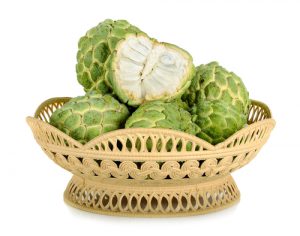
Come winter and Sitaphal are widely relished. We have always known this fruit as Sitaphal and barely had any idea about its English name until we took pain and found it out as Custard Apple or Sugar Apple. This fruit helps in cooling down body and this is the reason why it is called Sheetaphal in Sanskrit and Hindi as well. Annona squamosa is the botanical name of this fruit.
Sooji:
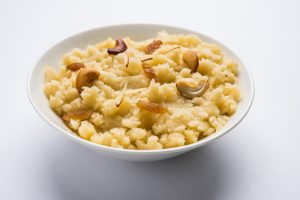
One of the favourites is Soojika Halwa, but have we ever wondered what Sooji is called in English? It is called Semolina which is derived from the Italian word semola. The word semolina can also refer to sweet dessert made from semolina and milk.The term semolina is also used to designate coarse middlings from other types of wheat, and from other grains, such as maize and rice.
Chikoo:
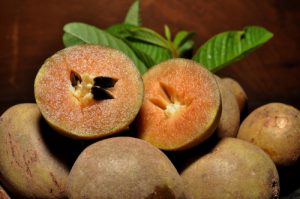
Delightfully tasty and fiber-rich, this fruit is loved by people of all ages. More than these, chickoo has hypnotizing sweet aroma which fascinates our olfactory. In English, Chikoo is called Sapodilla. Chikoo helps strengthen our intestines, prevents bacterial infections and also boosts immunity.
Sabudana:
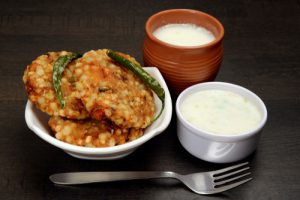
During fast, Sabudana is mostly sought after food. It is called Tapioca Sago in English. Most of the supply of sago comes from Southeast Asian countries, namely Malaysia and Indonesia. Sometimes, the word sago is also used for starch extracted from other sources.
Amla:

Amla is a potent source of Vitamin C and also contains calcium and iron. Have you ever pondered what this healthy food is called in English? Many of you might know that it is called Gooseberry but it is rarely used even when we converse about the same in English. The scientific name of gooseberry is Ribes uva-crispa.
Lauki:
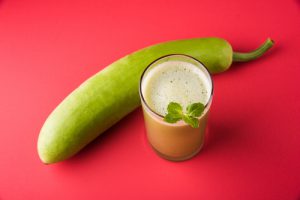
Lauki is cultivated in the humid weather of India, Indonesia, Malaysia ,Philippines, China, Sri Lanka, South America and tropical Africa. It is also locally known in many places as white gourd, trumpet gourd, bottle squash, doodhi, calabash gourd and not to mention; Lauki is widely popular name among these. This vegetable works to give cooling effect in the body.
Methi:
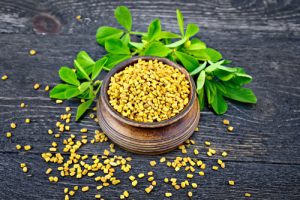
Methi is used as spice (seeds), and vegetable (fresh leaves, sprouts, and microgreens) and also as herb (dried or fresh leaves). In English, it is called Fenugreek. This plant cultivated worldwide as a semiarid crop. Its seeds and leaves are common ingredients in dishes from South and Central Asia. The name Fenugreek is derived from Middle French fenugrec from Latin faenugraecum, faenum Graecum which means”Greek hay”.
Saunf:
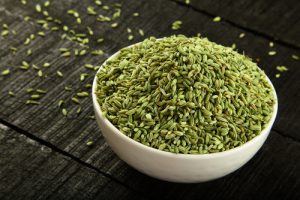
We mostly eat Saunf after having food. Saunf is is a flowering plant species in the carrot family. It has feathery leaves and yellow flowers. In English, it is called Fennel seeds. The word “fennel”developed from the Middle English fenyl or fenel which was derived from old English‘finol or Fenol’.
Rajma:
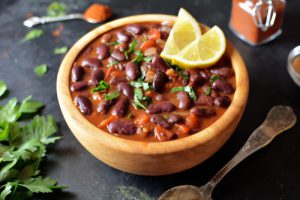
Reddish brown in colour, Rajma is loaded with protein, fibre and calcium carbohydrates. This healthy food Rajma is called Kidney Beans in English. It is said that the dish made of kidney beans became popular in India after it was brought to the Indian subcontinent from Mexico.
Interesting may be the names of these food in English, but they seem more pleasing when they’re called what they are in our own language. Their challenging language translation will rarely vanquish their original expression!